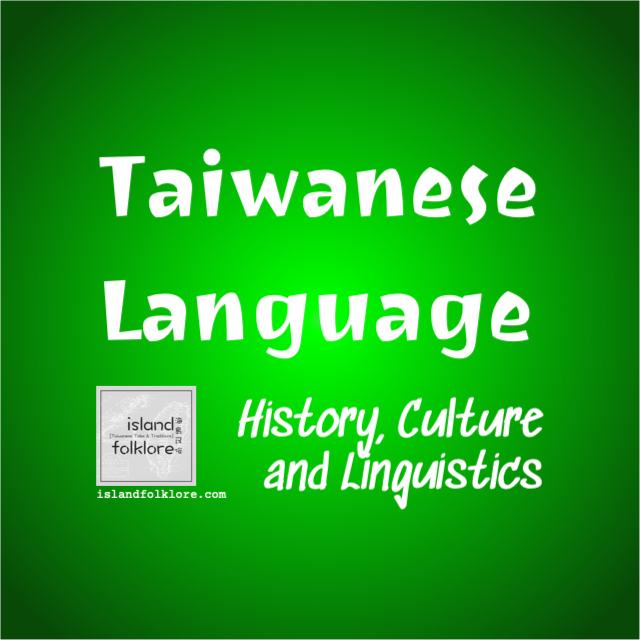Today, the Taiwan Dollar presides over the Taiwanese economy; and before that, the Taiwanese Yen did during Taiwan’s Japanese era. But in even earlier times, other currencies dominated as the earliest forms of Taiwanese money.
In the 17th century, two kinds of coinage facilitated Taiwan’s commerce with the world. They tell the fascinating story of complex international relationships and exchange that the island and its people actively took part in.

Spanish Cobs: South American Hell
In the early 1600s, Spanish silver coins—known as reales, meaning “royals”—became the first modern currency in Taiwanese circulation. These reales were introduced by the Spaniards and the Dutch as they each set up small colonies on the island they called Formosa—today’s Taiwan.
The reales brought to Taiwan aided Spanish and Dutch trade with the island’s indigenous tribes, whose skilled hunters and harvesters supplied the Europeans with treasured commodities like deerskins and sugar.
Stamped with images of the Holy Cross, early reales were bizarrely shaped “cobs,” which were crude, manually struck and hammered coinage. Today, Taiwanese coin-collectors, numismatists and monetary historians call these European tokens “square cash”—a testament to their truly unconventional forms.
Much of the silver that went into making these reales were extracted with slave labour from the hellish mines of Cerro Rico and the coins themselves were minted in the nearby city of Potosí in today’s Bolivia.
Coming all the way from South America, these humble European coins represented money’s first entrance as currency into Taiwan’s economy—successfully monetizing Taiwanese society for the first time—and demonstrated the sprawling global reach of 17th-century maritime superpowers like the Spanish Empire and the Dutch East India Company.

Chinese Cash: Made in Japan
Cash, the second major currency in 17th-century Taiwan, is what Europeans called Chinese-style coinage, which were little round disks with square holes in the centre. In Taiwanese, they’re known as chînn and in Mandarin as qián.
Confusingly, this term cash is derived from a southern Indian word and is unrelated to another English term of the same spelling—also to do with currency—that refers to ready, as opposed to promised or digital, money and payments.
Cash was the first currency to be issued by a Taiwanese regime. They were introduced in the mid-1600s when the King of Formosa, Koxinga, drove the last of the European colonists from the island.
Inscribed with the phrase Yǒnglì Tōngbǎo, cash coins commissioned by Taiwan’s Kingdom of Formosa were made in the Chinese fashion and the official inscription was a nominal homage to the Chinese emperor.
Most commonly made of copper, the distinctive square holes in the centre of these coins enabled users to link up the metal tokens in strings of 1,000 pieces for easier transportation and accounting.
Curiously, Taiwan’s “Chinese” cash was actually minted in the Japanese city of Nagasaki. This was thanks to the fact that Koxinga himself was born in Nagasaki to a Japanese mother and a Chinese father. Taiwan’s king, then, had extensive personal, political and commercial connections with the affluent Japanese port.

Early Taiwanese Money and International Trade
Be it reales or cash, both currencies came to be internationally accepted and traded.
Backed by the untold wealth of Spain’s colonial empire, reales were firmly established and widely circulated in Europe, Asia and the Americas.
Taiwan’s own Japanese-made Chinese-style cash coins gained currency (excuse the pun) in many parts of the Asian-Pacific region from the 1600s onwards.
Through extensive Southeast Asian trading networks, Taiwanese cash acquired purchasing power in places like Java, a major island in today’s Indonesia, Luzon, in what became the Philippines and the Kingdom of Annam—present-day Vietnam.
Reales and cash, the two earliest forms of modern currency in Taiwan, both continued to be used by the Taiwanese people alongside an ever-growing basket of newer currencies. This persisted until the 1895 introduction of the Taiwanese Yen by the Japanese, who unified Taiwan’s monetary system under the Yen.
But it was the reales and cash that, together, not only cemented the idea and use of money on the island, they also clearly illustrated the breathtaking vastness of 17th-century global commercial networks—in which Taiwan, far from being isolated, was an eager and active participant.




